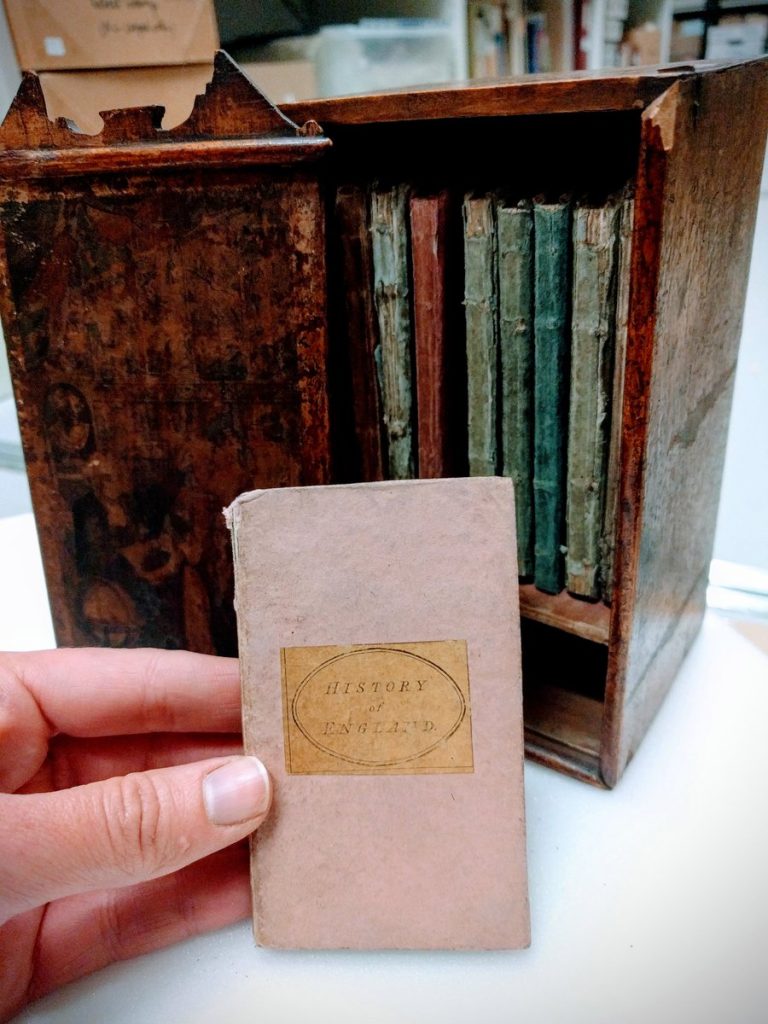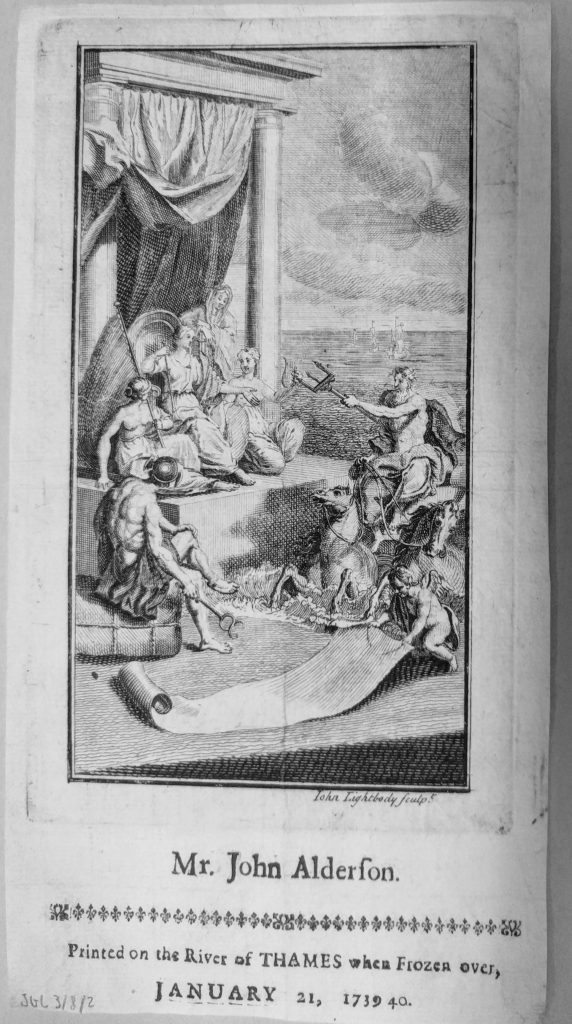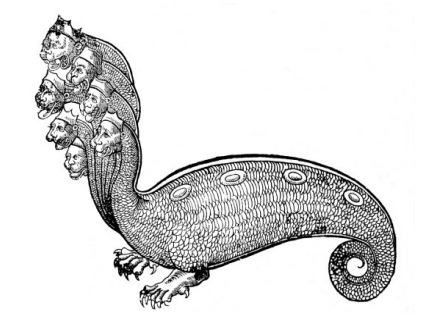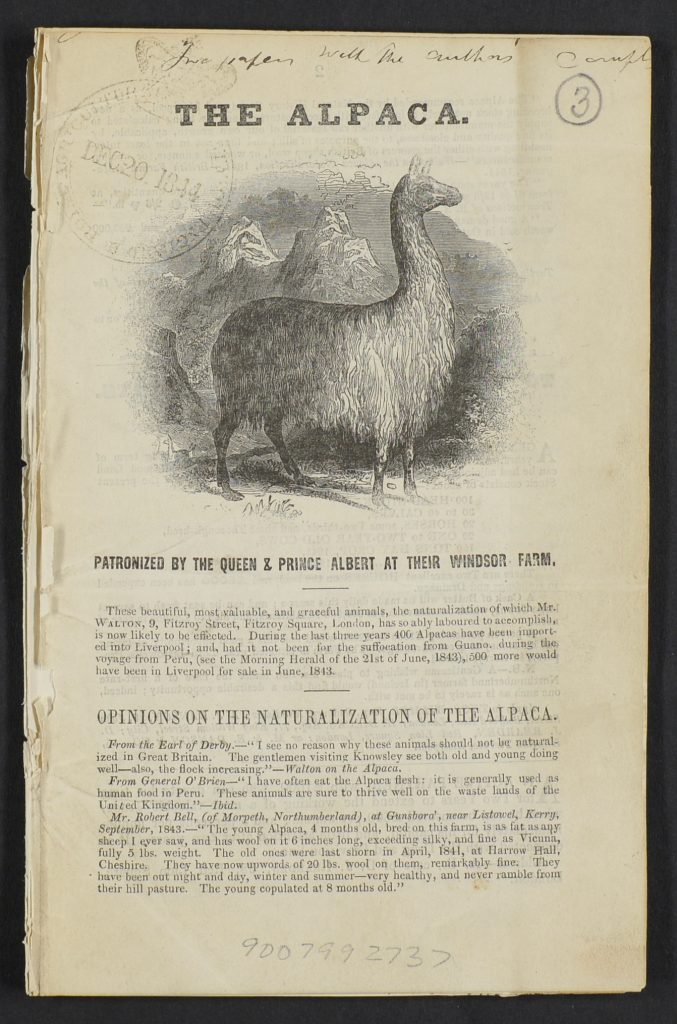Erika Delbecque, Special Collections Librarian at the University of Reading, tells us about some of the more unusual items they hold…
The holdings of the University of Reading Special Collections Service, which were added to COPAC earlier this year, are incredibly varied. They range from notebooks by Samuel Beckett to a medieval schoolbook and Russian translations of The Wizard of Oz. Working with such a wide range of material allows us, and our students and readers, to make interesting connections across collections and disciplines. To give a flavour of the type of material visitors may come across in Special Collections, in this blog post we highlight five of our most surprising items.
A miniature library for children

This tiny bookcase, entitled Book-case of knowledge, or library for youth, contains ten didactic books for children on topics such as English history and Mathematics. Dating from 1803, it was produced at a time when ideas by philosophers such as Locke and Rousseau on the innocence of childhood led to the creation of a new concept of childhood and a renewed interest in the education of children. Blurring the distinction between books and toys, bookcases such as these aimed to encourage learning through play.
It is part of the Children’s Collection, comprising over 6,000 children’s books and journals from the 17th to the 20th centuries.
A souvenir from a frost fair

In the 17th and the 18th centuries, a number of severe winters resulted in the River Thames freezing solid. This phenomenon attracted many visitors, and fairs and pageants were held on the ice, including what were to become known as frost fairs. Stalls and booths were set up selling toys and books, beer, wine, and gingerbread, and oxen and sheep were roasted. One of the most popular entertainments on the ice was to visit one of the many printing presses on the frozen river. People had their names printed, sometimes accompanied by an illustration or a piece of verse, as a keepsake to commemorate the occasion of their visit.
This example, printed at the famous frost fair of 1739/40, is part of the John and Griselda Lewis Collection, which contains some 20,000 items illustrating the history of printing and graphic design from the fifteenth century to the present. This collection was in the spotlight recently when the discovery of a previously unknown leaf printed by William Caxton made the news.
Mythical monsters

The History of Four-footed Beasts and Serpents (first published in 1607) is a wonderful illustrated bestiary that lists all manner of creatures from elephants to bees. Each entry describes the creature in detail, giving commentary from ancient, medieval and contemporary sources. Common animals and mythical creatures are listed indiscriminately. An example of the latter category is the hydra depicted here, a nine-headed monster from Ancient Greece with a fatally poisonous breath that grows two heads when one is severed.
This book can be found in the Cole Library, which covers the history of early medicine and zoology from the earliest times to the present day. It was compiled by F. J. Cole, who was a professor of zoology at the University of Reading from 1907 to 1939.
A view of the Great Exhibition of 1851

The Great Exhibition of the Works of Industry of all Nations, also known as the Crystal Palace Exhibition, was held in Hyde Park, London from 1 May to 15 October 1851. Our Great Exhibition Collection contains around 200 books, periodicals, pamphlets and ephemera from that time. It includes this souvenir diorama from the Exhibition, which folds out to reveal a three-dimensional view of Crystal Palace, seen through a peephole.
Fat alpacas

Erika Delbecque
Special Collections Librarian
Special Collections Services
University of Reading
Redlands Road
Reading
Berkshire, RG1 5EX
specialcollections@reading.ac.uk
merl@reading.ac.uk
+44 (0) 118 378 8660
All images copyright University of Reading Special Collections, reproduced with kind permission of the copyright holder.

